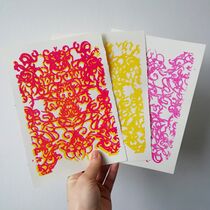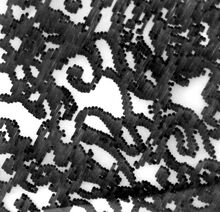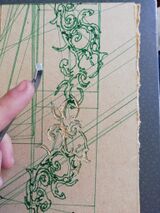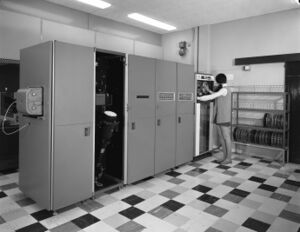User:Alessia/Pen plotter printmaking: Difference between revisions
No edit summary |
No edit summary |
||
| Line 5: | Line 5: | ||
margin: 0 auto;"> | margin: 0 auto;"> | ||
<br> | <br> | ||
https://see.fontimg.com/api/renderfont4/axjg/eyJyIjoiZnMiLCJoIjo2OSwidyI6MTI1MCwiZnMiOjU1LCJmZ2MiOiIjRjRCQTA4IiwiYmdjIjoiI0Y2RUZFRSIsInQiOjF9/UGVuIHBsb3R0ZXIgcHJpbnRtYWtpbmc/cloister-black-light.png | |||
The first pen plotter machines were indeed designed as tools for printmaking, photography, and cinema.\br| | The first pen plotter machines were indeed designed as tools for printmaking, photography, and cinema.\br| | ||
They served as bridges between the analog and digital eras. As someone who has studied traditional printmaking, I've found myself drawn to the enigmatic process of transitioning from analog to digital, much like a pen plotter did in the past I am doing right now, within my own practices. I am trying my best to be as precise as possible while being a lot confused about what I am even doing, not really aligned most of the times.<br> | They served as bridges between the analog and digital eras. As someone who has studied traditional printmaking, I've found myself drawn to the enigmatic process of transitioning from analog to digital, much like a pen plotter did in the past I am doing right now, within my own practices. I am trying my best to be as precise as possible while being a lot confused about what I am even doing, not really aligned most of the times.<br> | ||
[[File:SC4020 plotter.jpg|thumb|An example of plotter used in niche application. Stromberg Carlson SC-4020, 60s, used in early Microfilm production at Bell Labs]] | |||
Employing these machines for printmaking involves using obsolete technology to practise obsolete art techniques, all while existing in the present moment. This contemplation prompts me to reflect on our general perception of obsolescence, particularly within the art world.<br> | Employing these machines for printmaking involves using obsolete technology to practise obsolete art techniques, all while existing in the present moment. This contemplation prompts me to reflect on our general perception of obsolescence, particularly within the art world.<br> | ||
<br> | <br> | ||
| Line 22: | Line 26: | ||
<br> | <br> | ||
<br> | <br> | ||
I pen plotted my patterns on transparent paper with the Hp 7440A pen plotter, using the plothatching technique by Thijs and Victor that you can find [[Plothatching|-> here <-]] and with the line art python script I am working on | I pen plotted my patterns on transparent paper with the Hp 7440A pen plotter, using the plothatching technique by Thijs and Victor that you can find [[Plothatching|-> here <-]] and with the line art python script I am working on for my flipbooks | ||
Revision as of 16:58, 3 May 2024

The first pen plotter machines were indeed designed as tools for printmaking, photography, and cinema.\br|
They served as bridges between the analog and digital eras. As someone who has studied traditional printmaking, I've found myself drawn to the enigmatic process of transitioning from analog to digital, much like a pen plotter did in the past I am doing right now, within my own practices. I am trying my best to be as precise as possible while being a lot confused about what I am even doing, not really aligned most of the times.
Employing these machines for printmaking involves using obsolete technology to practise obsolete art techniques, all while existing in the present moment. This contemplation prompts me to reflect on our general perception of obsolescence, particularly within the art world.
and how within art itself there is a tendency to recover the nostalgic sense of old tools without really understanding how they worked. Nothing is created, nothing is destroyed, everything is transformed, which is why old machinery is being dredged up to bring novelty to an art environment saturated with already everything, everything and nothing.
In a world where contemporary art is ephemeral, existing in the cloud and constantly shifting, everything becomes obsolete the moment it's thought about. Exploring how society perceives and values creativity helps reflecting on why it's challenging to accept a pen plotted artwork as genuine art, or even consider a pen plotter as an artist, or at least a partner in crime.
The fixation on innovative ideas and concepts can lead to an obsession with the end result over the journey of discovery and learning. Everything becomes about delivery, innovation, and productivity. But true fulfilment may lie in understanding and embracing of the process, not just the outcome.




I pen plotted my patterns on transparent paper with the Hp 7440A pen plotter, using the plothatching technique by Thijs and Victor that you can find -> here <- and with the line art python script I am working on for my flipbooks

